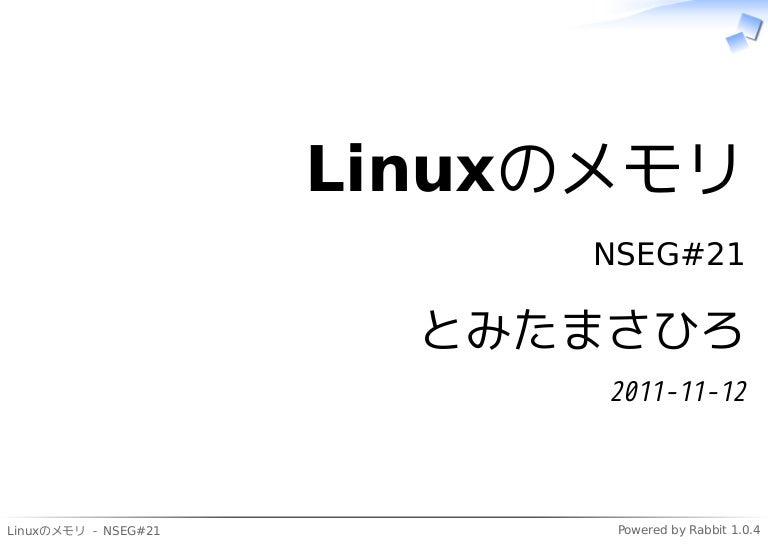
The program runs on the foreground until cancelled by pressing ‘q’ to quit. You can scroll the list using Page Up and Page Down buttons on your keyboard. This is particularly useful for identifying resource exhaustive tasks. In this example, the system is using merely 234MB of the total available 993MB, and no process is an immediate danger of being killed to save resources.Īnother useful tool for memory monitoring is ‘top’, which displays useful continuously updated information about processes’ memory and CPU usage, runtime and other statistics.

Free memory linux free#
Keeping that in mind, it’s easier to understand why used and free memory are listed twice, on the second line is conveniently calculated the actual memory usage when taken into account the amount of memory occupied by buffers and cache. The difference is that while applications reserve memory for their own use, the cache is simply commonly used hard drive data that the kernel stores temporarily in RAM space for faster access, which on the application level is considered free memory. On the Mem line of the output it would appear nearly 75% of our RAM is in use, but then again over half of the used memory is occupied by cached data. Here it is important to make the distinction between application used memory, buffers and caches.

The command prints out current memory statistics, for example in 1 GB system the output is something along the lines of the example underneath. You can track memory usage for example with the command below. Linux comes with a few handy tools for tracking processes that can help with identifying possible resource outages. If for example a process crucial to your web application was killed as a result of out of memory situation, you have a couple of options, reduce the amount of memory asked by the process, disallow processes to overcommit memory, or simply add more memory to your server configuration. Your log messages may vary depending on Linux distribution and system configuration. The log note here shows the process killed was mysqld with pid 9163 and OOM score of 511 at the time it was killed.

kernel: Out of memory: Kill process 9163 (mysqld) score 511 or sacrifice child Actual log marks of OOM killed processes would look something like the following. Grep goes through all logs under the directory and therefore will show at least the just ran command itself from the /var/log/auth.log. sudo grep -i -r 'out of memory' /var/log/ You can search the logs for messages of out of memory alerts. If a task gets killed to save memory, it gets logged into various log files stored at /var/log/ Suddenly killed tasks are often the result of the system running out of memory, which is when the so-called Out-of-memory (OOM) killer steps in. Try UpCloud for free! Deploy a server in just 45 seconds Process stopped unexpectedly
Free memory linux how to#
This debugging guide aims to explain how to identify how much of the resources are actually being used, and how to recognise real resource outage issues. The system holds a lot more in RAM than just application data, most importantly mirrored data from storage drives for faster access.

Linux by its design aims to use all of the available physical memory as efficiently as possible, in practice, the Linux kernel follows a basic rule that a page of free RAM is wasted RAM. Some unexpected behaviour on the server side may at times be caused by system resource limitations.


 0 kommentar(er)
0 kommentar(er)
